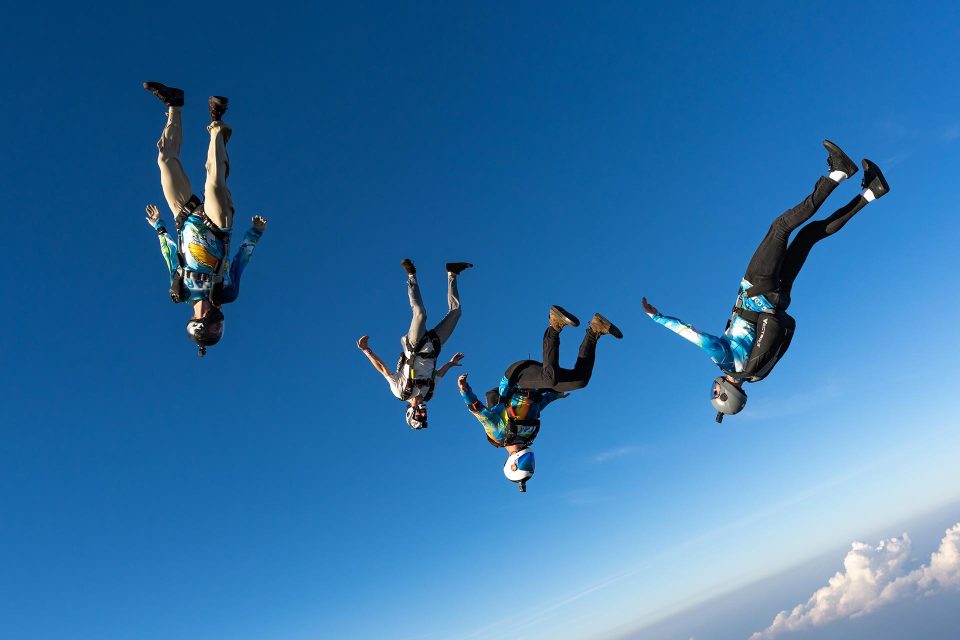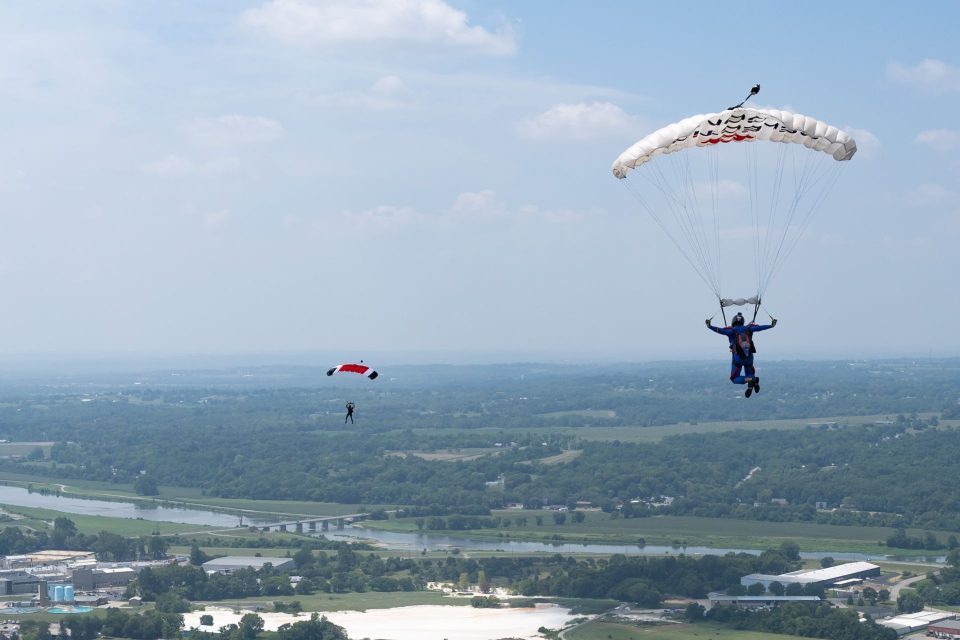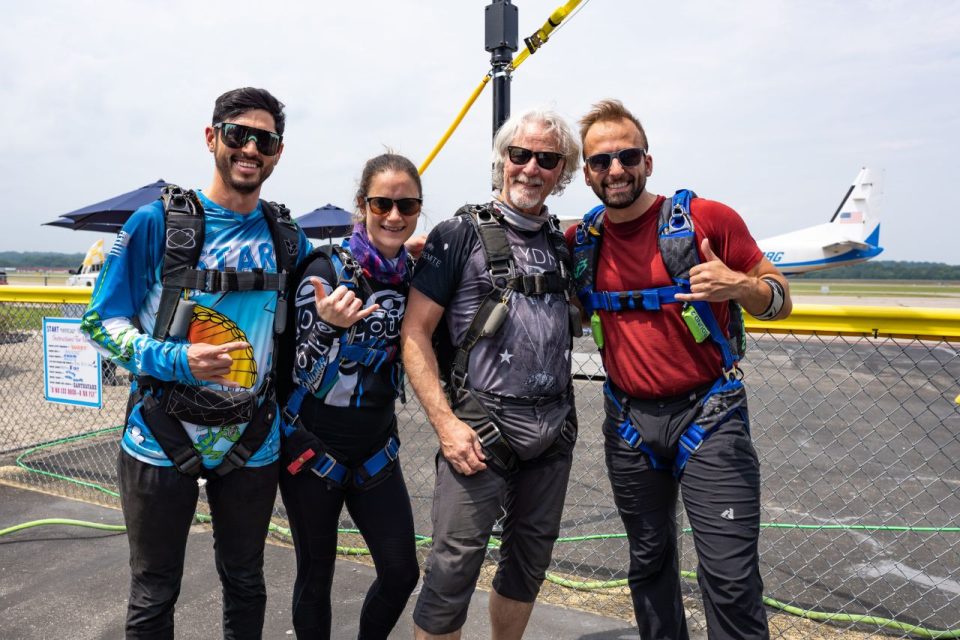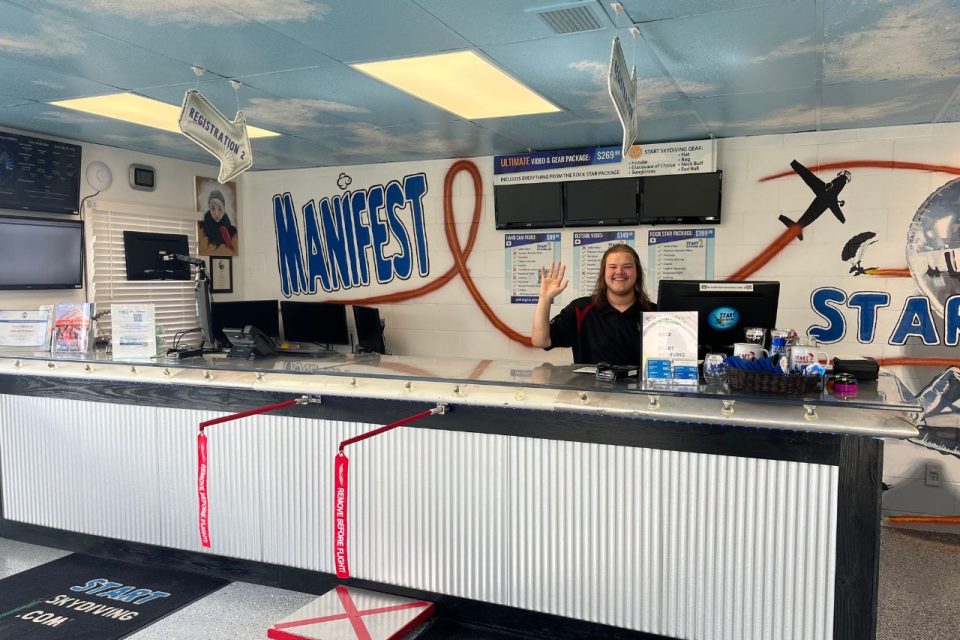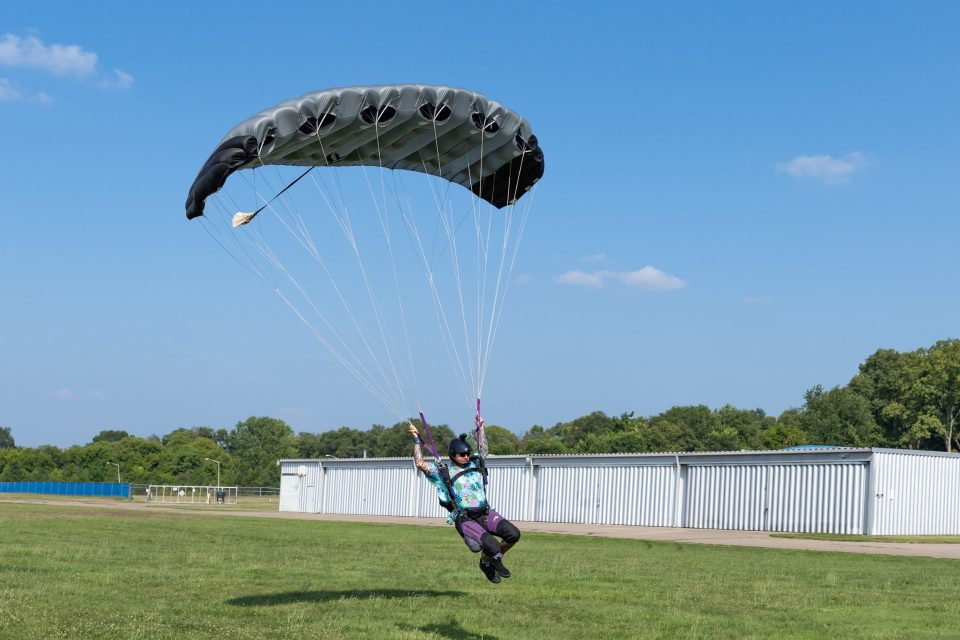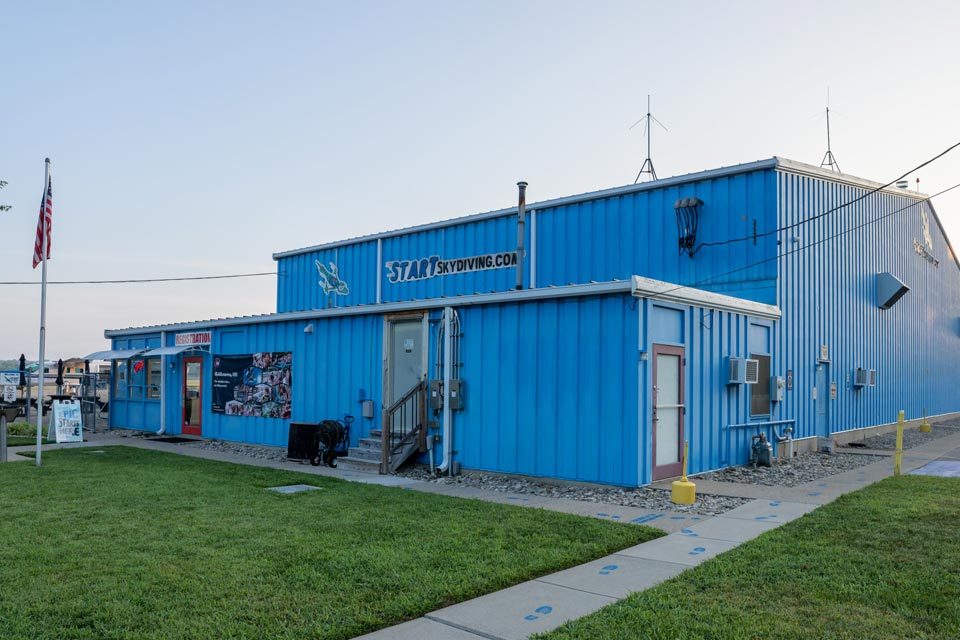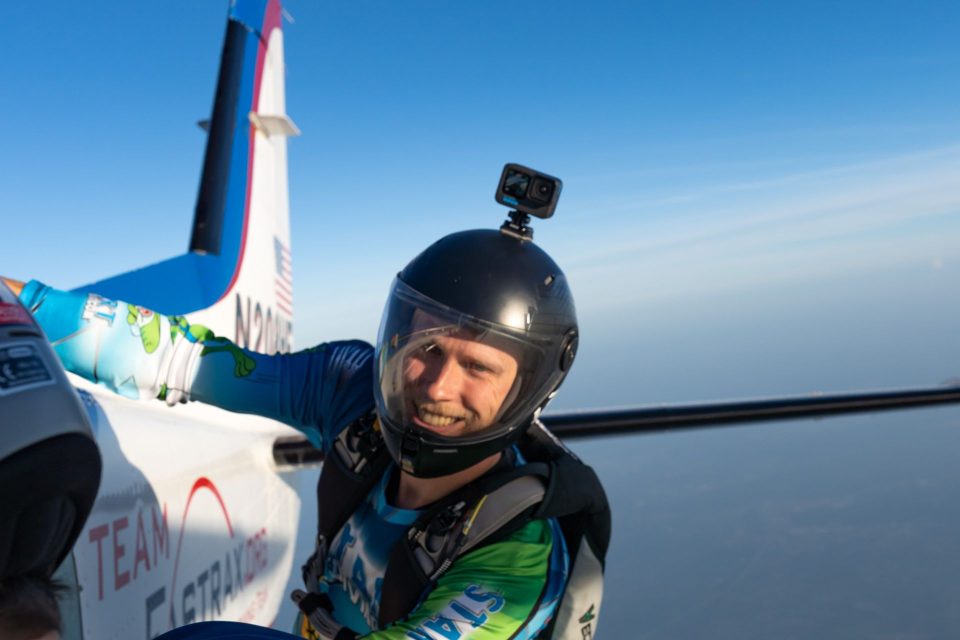Experienced Jumpers
All Disciplines Welcome!
Start Skydiving is among the top five dropzones in the world. If you’ve jumped with us before then that comes as no surprise. And if you haven’t jumped with us yet, you’ll see within five minutes of getting here that Start Skydiving is no ordinary dropzone! Our facilities are world-class, our safety standards are extremely high, our customer service is exemplary, and we’re family owned and operated.
We care – and you can tell.
